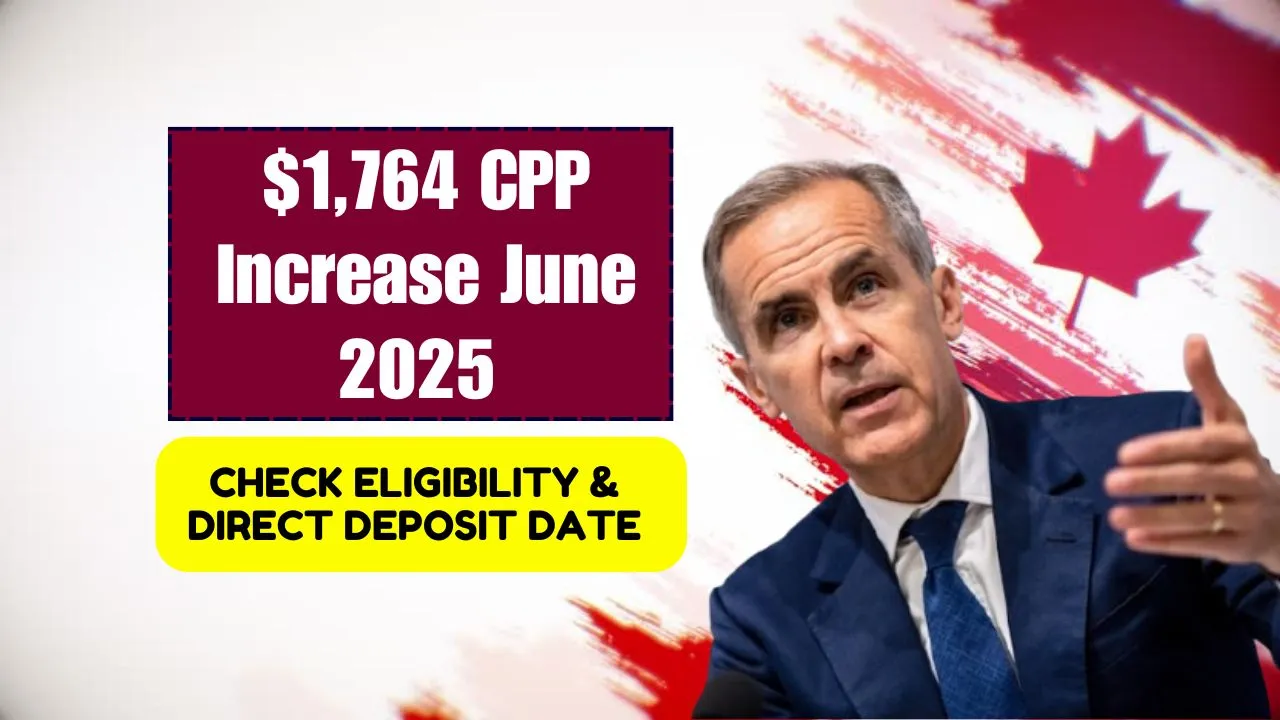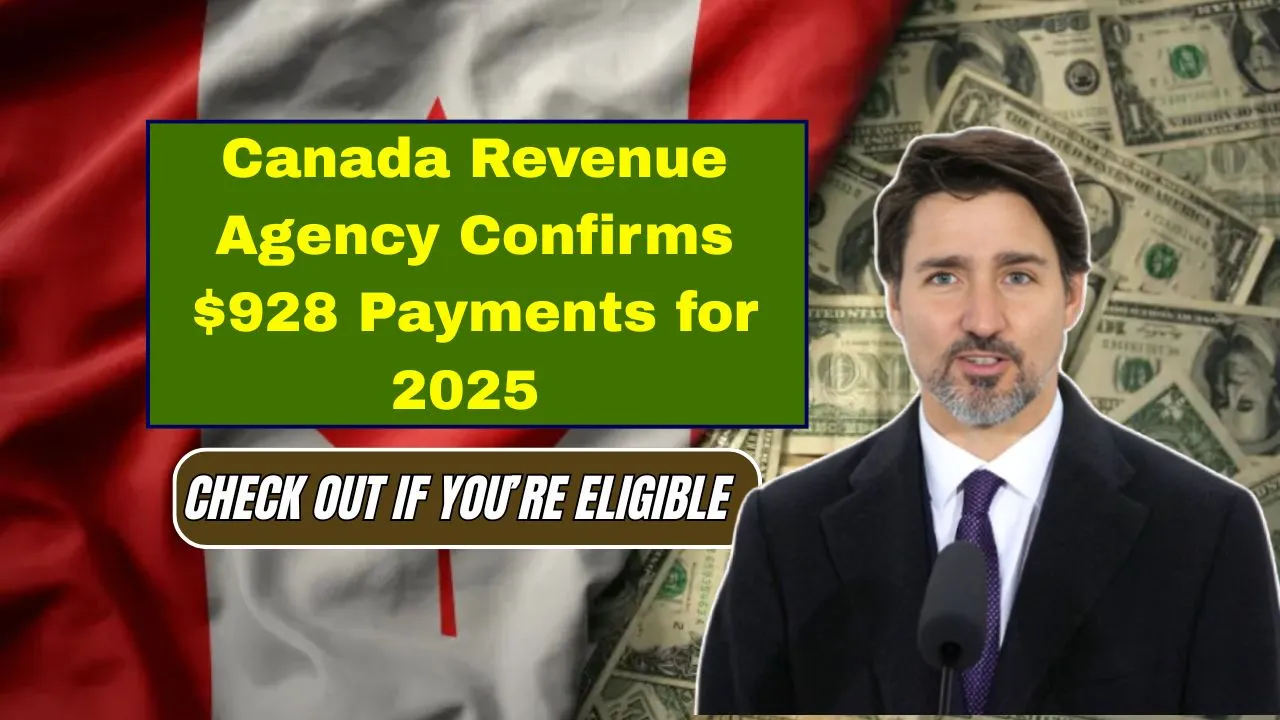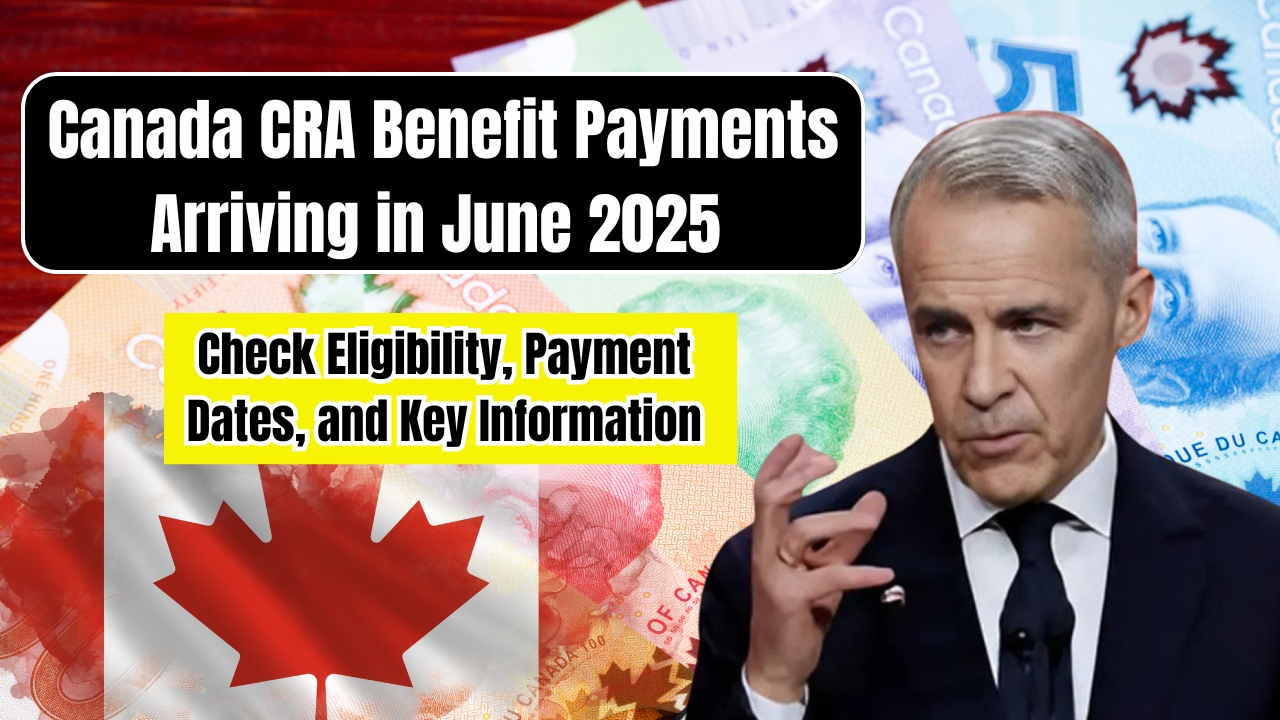Canada CPP and OAS Benefits: Canada CPP and OAS Benefits are essential financial supports for Canadian seniors navigating retirement. With numbers like $1,620, $1,950, and $2,700 making the rounds, it’s easy to get curious—and maybe even overwhelmed—about what these figures really mean for you.
In this guide, we walk you through what those monthly amounts reflect, who’s eligible, and how payments are calculated. We also share practical tips to help you maximize what you receive and ensure you don’t miss out in June 2025 and beyond.
Canada CPP and OAS Benefits: What You Need to Know
Understanding the Canada CPP and OAS Benefits is crucial for anyone nearing retirement age or planning their financial future. These benefits are more than just monthly payments—they are a structured support system that helps seniors maintain financial independence. Knowing how much you can receive, when you’re eligible, and how to apply ensures you don’t leave money on the table. Whether you’re approaching 65 or already retired, learning how to optimize your CPP and OAS benefits can provide peace of mind and greater control over your retirement income.
Overview Table
| Benefit Type | Description | Monthly Amount (2025) |
| CPP (Average contributor at 65) | Based on standard contribution history | ~$808 |
| CPP (Max at 65) | Full CPP benefit if contributions maxed | $1,433.00 |
| CPP (Higher contributor) | Above-average earnings history | ~$1,150 |
| OAS (Ages 65–74) | Basic residency-based pension | $727.67 |
| OAS (Ages 75 and over) | Includes age-75 increase | $800.44 |
| GIS (Single, Low Income) | Top-up for qualifying low-income seniors | $1,086.88 |
Benefit Type Breakdown
CPP (Canada Pension Plan)
CPP is a work-based pension. Your contributions—taken from pay as an employee or self-employed—determine your eventual benefit. You can start CPP at age 60 at reduced rates, receive full benefits at 65, and earn up to a 42% bonus by delaying until age 70.
OAS (Old Age Security)
OAS is residency-based rather than contribution-based. To qualify, you need to be at least 65 and have lived in Canada for 10 years or more after age 18. Benefit amounts increase at age 75 and are subject to income-based clawbacks when annual income exceeds about $86,912.
GIS (Guaranteed Income Supplement)
Available to low-income seniors already receiving OAS, GIS is a non-taxable supplement. It requires a separate application to Service Canada and provides extra monthly income—up to $1,086.88 for singles in 2025.
Monthly Scenarios for June 2025
Here are typical benefit combinations many Canadian seniors may receive:
- $1,620/month
• CPP (Average): ~$820
• OAS (65–74): $727.67
⟶ Total: ~$1,620 - $1,950/month
• CPP (Higher Contributor): ~$1,150
• OAS (75+): $800.44
⟶ Total: ~$1,950 - $2,700/month
• CPP (Maximum): $1,433.00
• OAS (75+): $800.44
• GIS (Maximum Low Income): $1,086.88
⟶ Total: ~$2,700
The third scenario shows how combining CPP, OAS, and GIS can significantly boost income for low-income seniors.
Eligibility Criteria
CPP Eligibility
- At least 60 years old
- Made at least one CPP contribution
- Apply via My Service Canada Account (online or by mail)
- Starting early reduces monthly payment; delaying increases it
OAS Eligibility
- At least 65 years old
- Minimum 10 years of Canada residency after age 18
- Application may be automatic for many
- Portable when living abroad if residency criteria met
GIS Eligibility
- Must be receiving OAS
- Income below specified thresholds (for single seniors: ~ $21,456/year)
- Application required through Service Canada
June 2025 Payment Date
CPP and OAS payments for June 2025 go out on June 28, 2025, the last weekday of the month. To avoid delays, ensure your direct deposit information is up-to-date in your My Service Canada Account.
Tips to Maximize Benefits
- Delay CPP – Every month you defer starts at age 65 adds 0.7%, up to a maximum 42% boost at age 70.
- Review CPP Contributions – Use My Service Canada Account to verify your contribution history and projected benefits.
- Manage OAS Clawback – Strategies like income-splitting with a spouse or adjusting RRSP withdrawals can help you stay below the ~$86,912 limit.
- Apply on Time – Submit CPP or OAS applications at least six months before you want payments to begin.
- Consider CPP Splitting – Couples may benefit from splitting CPP to lower taxable income and avoid the clawback.
FAQs
What is the maximum CPP payment for 2025?
The full CPP payment at age 65 is $1,433.00 per month in 2025.
When will the June 2025 CPP and OAS payments arrive?
They are scheduled for June 28, 2025, the final weekday of the month.
Who qualifies for GIS?
Low-income seniors receiving OAS, provided their income falls below the threshold.
Can I receive both CPP and OAS?
Yes—if you meet eligibility criteria for both, you can receive them together.
How can I increase my CPP payments?
Delay taking CPP until age 70 to earn up to a 42% increase over the standard payment.
Final Thought
Navigating Canada’s retirement benefits doesn’t have to be hard. By understanding how CPP, OAS, and GIS combine—and how your choices affect your income—you’ll be in a stronger position to plan for a secure, comfortable retirement. If you’re already a recipient or planning ahead, take time today to review your account, review contribution history, and adjust where you can.
Let us know your experiences or questions in the comments! And if you found this helpful, share it with friends or family who might benefit—or check out more articles to help boost your financial wellbeing.







